7 ‘celestial’ plans for Holy Week in Gran Canaria
From the top of a tower to the bottom of the sea. It all fits perfectly into the world of experiences that unfolds during Holy Week in Gran Canaria.
1. A panoramic view spanning 500 years.
The south tower of the Cathedral of Santa Ana bestows a panoramic view that draws in the essence of the city of Las Palmas de Gran Canaria. Your eye is firstly drawn by the intensity of the ocean, as you realise that the island’s capital is a hybrid creature, with one foot on the land and the other in the sea. It was founded in 1478, as the first stones were laid in the Vegueta neighbourhood, whose cobbled streets and ancient buildings have proudly stood the test of time. At ground level, although the very peak of devotion, the chapel and naves of the church and the ancient Diocese Museum of Sacred Art reveal an exhibition of paintings and sculptures that take on their full significance during Holy Week. These artistic manifestations are tied to the past like the Solomonic columns in the nearby convent of St Francis of Borja. Every step you take in Vegueta is a journey back in time and a glimpse of man’s ability to create beauty.

2. The island that rose into the heavens.
From the top of this very tower, more than twenty metres high, it seems as though Gran Canaria is climbing up towards the mountains, showing its more intimate and rural side. This break in the working calendar gives you the chance to take your time and explore some unexpected spots inland, characterised by their natural and scenic diversity. As proof, more than thirty protected natural areas stretch out across the map, encompassing practically desert areas, strongholds of laurel forest or rainforest and pine forests. What’s more, in April, the blue tajinaste will be in full bloom, a sure sign that spring is here.
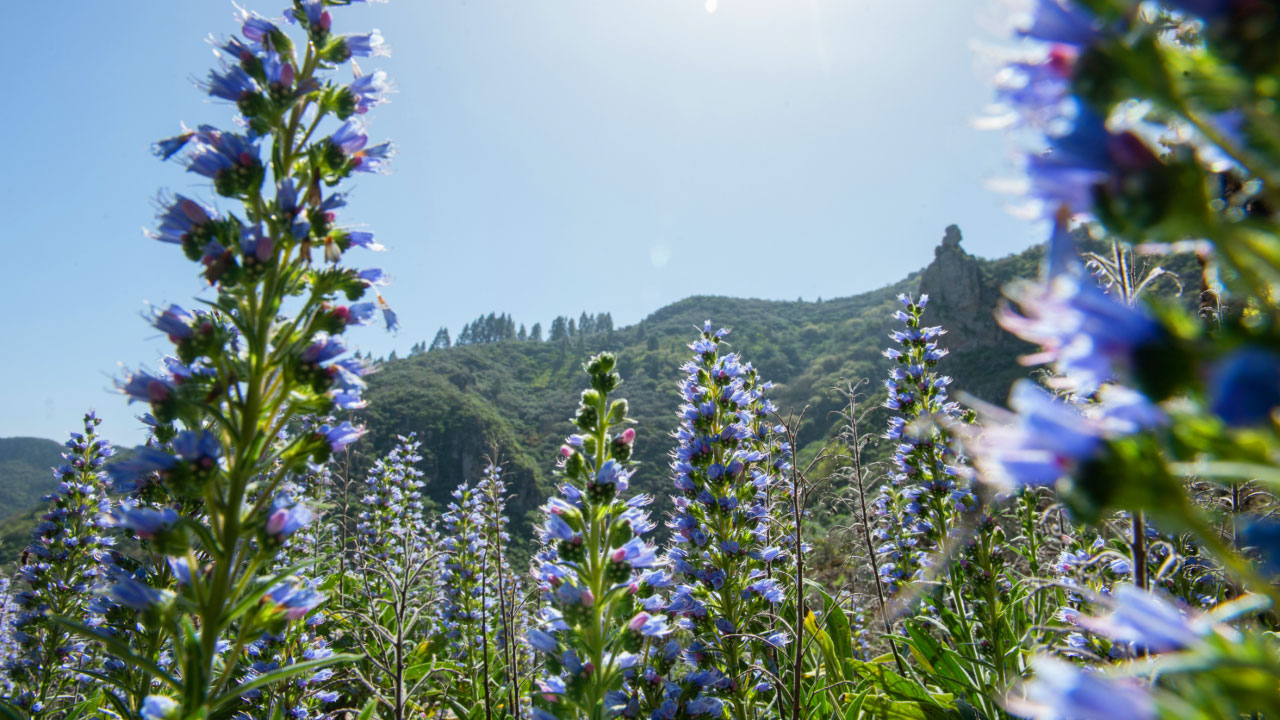
3. The miracle coast.
The sky is mirrored in Gran Canaria. This resounding Atlantic, as it was described by the modernist poet Tomás Morales, has the ability to purify almost anything, explaining why so many people yearn to immerse themselves in its waters. They arrive cloaked in the burdens of their daily life and stress. The sea strips them of their ennui and drags it down to the depths, where it is diluted before returning to the surface as white foam crowning each wave. This takes place on beaches guarded by dunes, in coves or in ponds or natural pools that blur the boundary between solid ground and the sea, where so many miracles take place every day in Gran Canaria and all along its 236 kilometres of miraculous coastline.

4. From the depths of the Sea to the Wild West.
Seven days to make family memories. Gran Canaria has a whole host of options to turn Holy Week into a glorious string of family memories, beyond the opportunities offered by its gentle climate and nature. In fact, there is at least one theme park to discover. If you wish, you can organise a nonstop tour of the Poema del Mar aquarium, the Angry Bird Activity Park, Aqualand Maspalomas, Holiday World Maspalomas, the Hangar37 battle theme park, animals from all over the world at Palmitos Park and Sioux City Park, where you can get a real wild west experience.
5. Volcano encounter.
Gran Canaria is the child of a volcano or, more precisely, the result of continuous volcanic activity that caused it to emerge from the Atlantic millions of years ago. Nowadays, you can look the slumbering volcanoes right in the eye, from spots such as the Las Coloradas Viewpoint, in Las Palmas de Gran Canaria. This balcony is designed to take your breath away with its view of the volcanic geology of La Isleta, as well as the intertidal platforms and zones at El Confital, and the remains of the salt flats and the salt plant, features on this landscape which stretches from the north coast right up to the peaks, including El Roque Nublo on clear days. La Caldera de Bandama is another excellent choice for anyone who wishes to discover the creative force of volcanism, the true sculptor of the island’s landscape alongside the lumbering geological time scale and erosion.
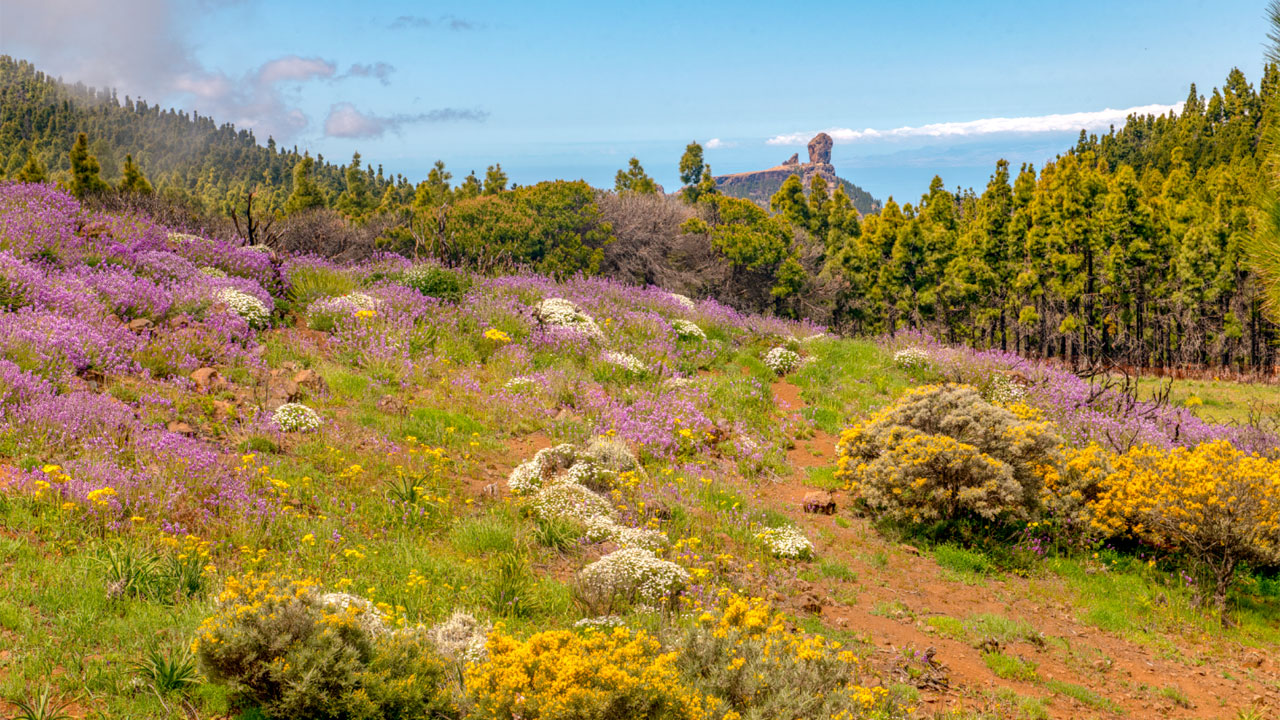
6. Silence and stars.
Gran Canaria’s historic monuments have a story to tell at every turn, which is why a protective blanket has been thrown over these spaces where time stands still. However, time is not frozen, quite the opposite, it flows with more force in these enchanting places. This is what happens in the historic neighbourhoods of many towns and villages and also in streets such as calle Triana and calle Perojo in Las Palmas de Gran Canaria. Other spots are dominated by the majesty of silence and memory, such as around the Mayordomía Houses or the San Antonio Abad Hermitage in Tamaraceite or in the Barranco Hondo de Abajo ravine in Gáldar, bearing witness to cave life, always with one eye on the starry sky at the peak of Gran Canaria.
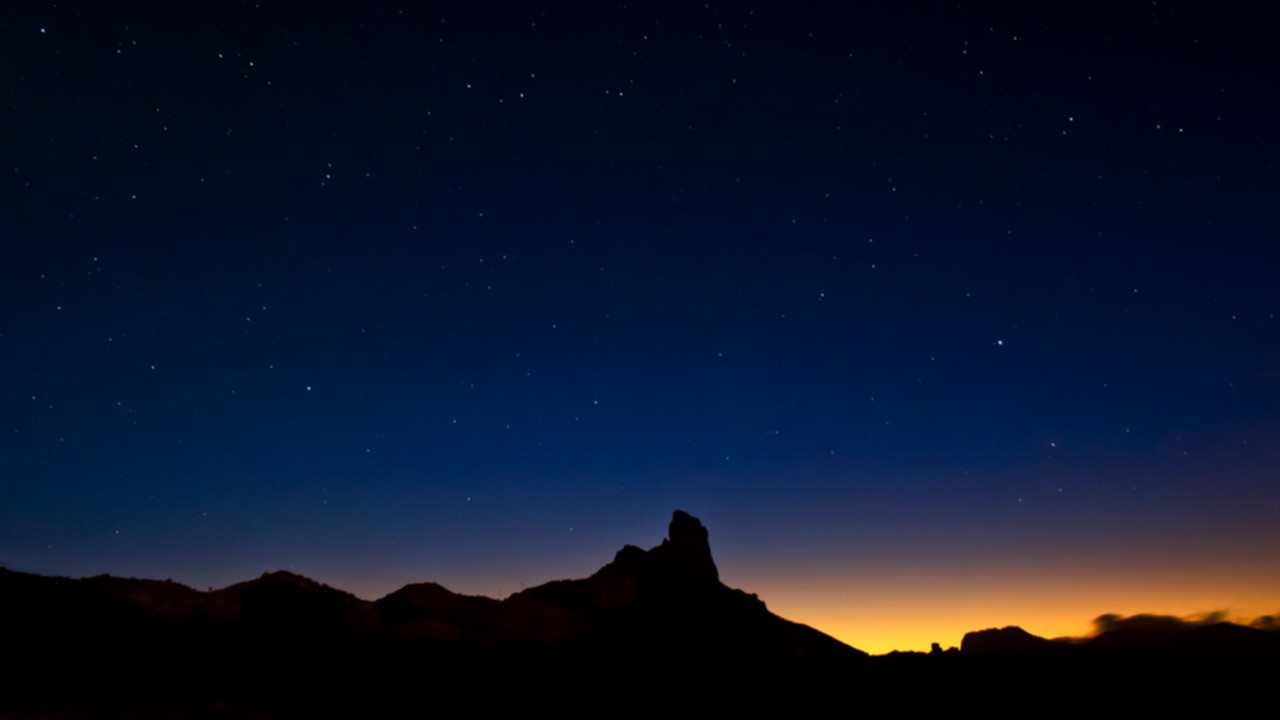
7. Performing a ritual.
This ritual can be held on any date, but it is a substantial part of Holy Week in Gran Canaria. It all begins by selecting a piece of dried, salted fish, usually wreckfish or sea bass. It must be soaked in water to desalt it, which can be done for a day and a night or for two or more days. It depends on how it looks, the time available and the previous amount of salt. This gastronomical ceremony which began in the depths of the sea then continues in the countryside in search of the best potatoes and yams, plus gofio (toasted meal) to make ‘pellas’ as a side dish. The ritual would not be complete without a mojo sauce, red or green, or even better, one of each. This sauce is the mainstay of many traditional dishes and the perfect accompaniment to Holy Week. These days are sweetened with desserts made from almonds and honey made by bees with nectar from other-worldly flowers.
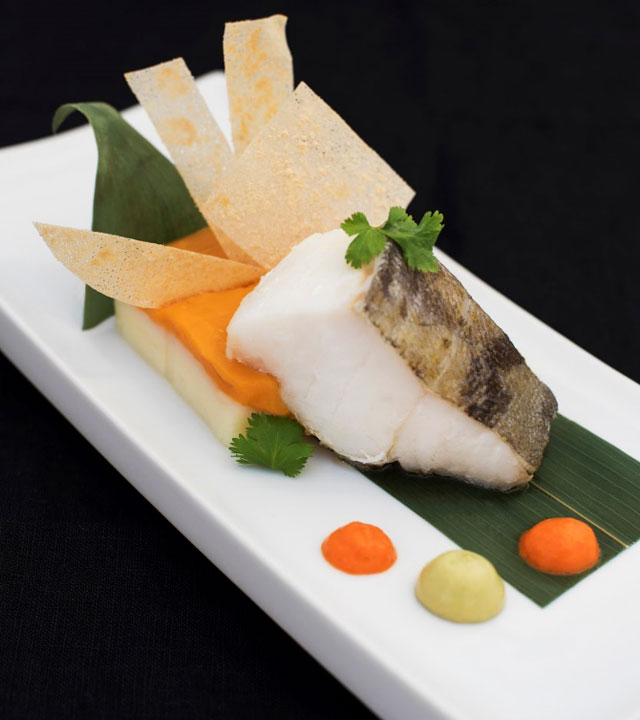
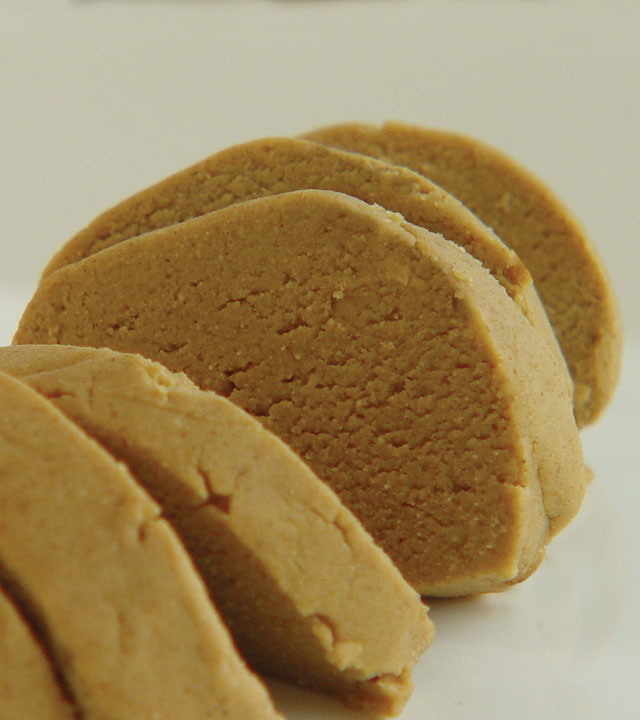
Related links:
Sancocho, a true date with Easter
Easter in Gran Canaria

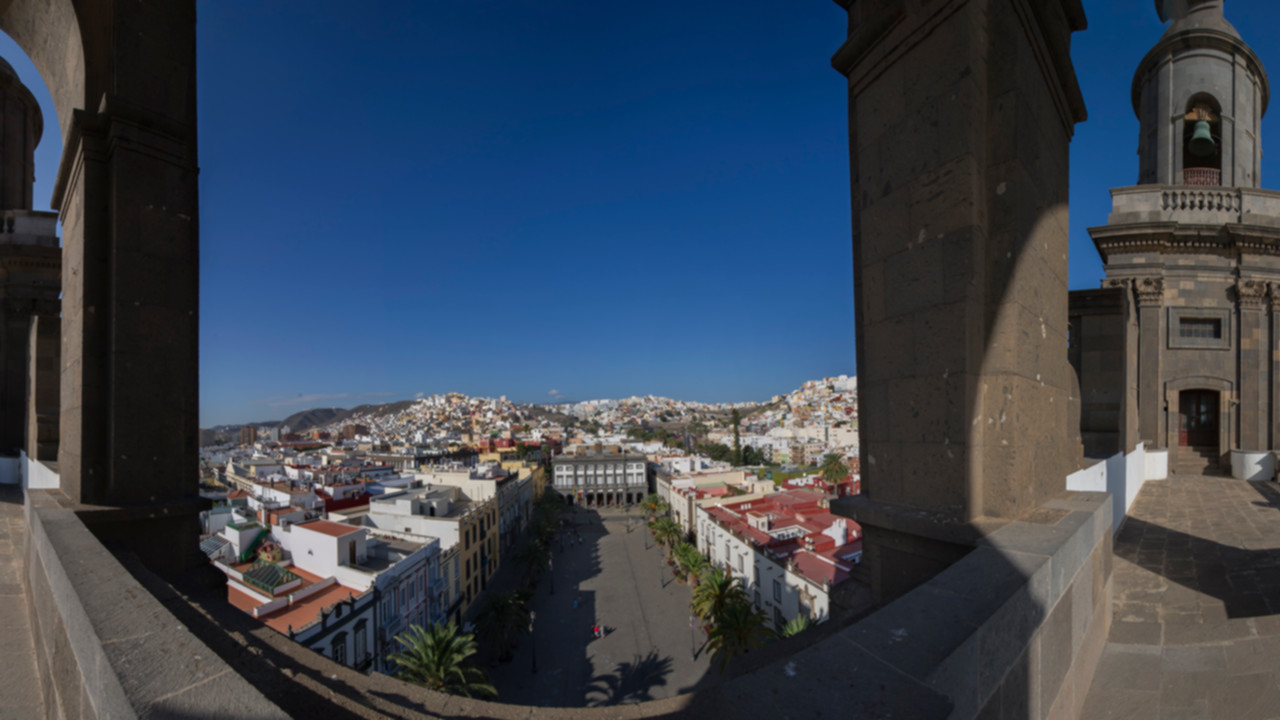
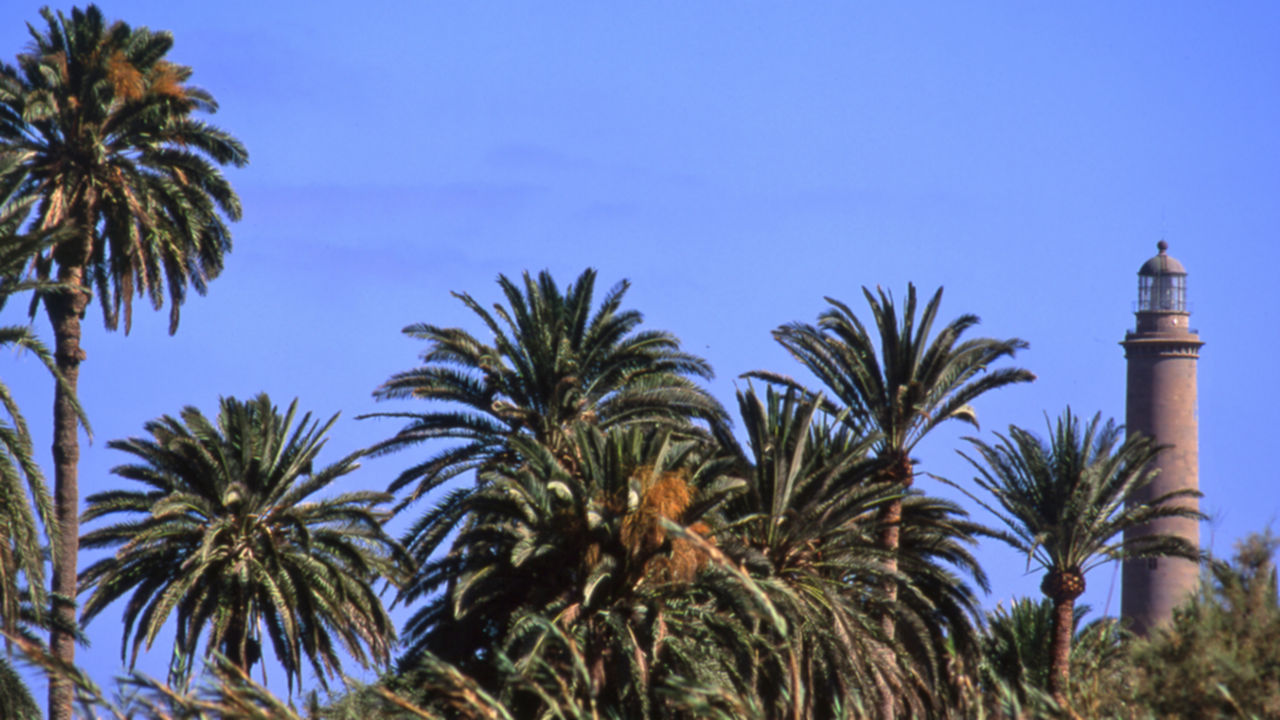
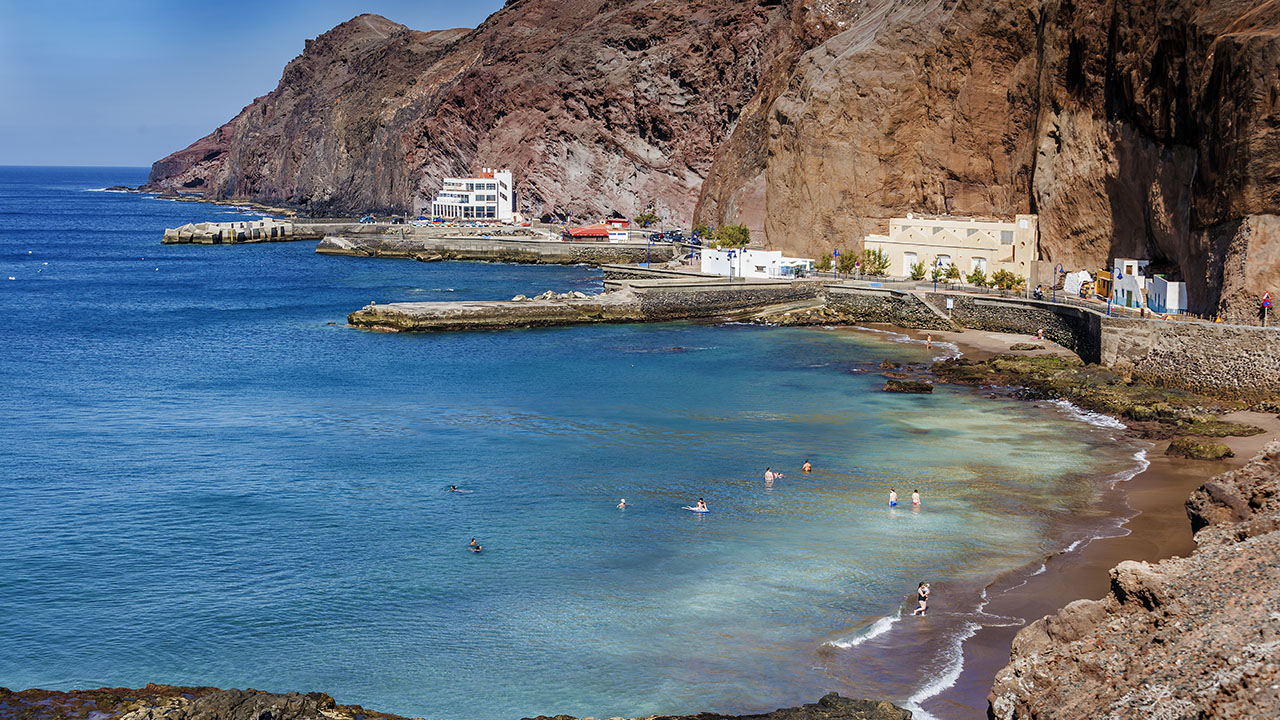
Comments are disabled for this post.